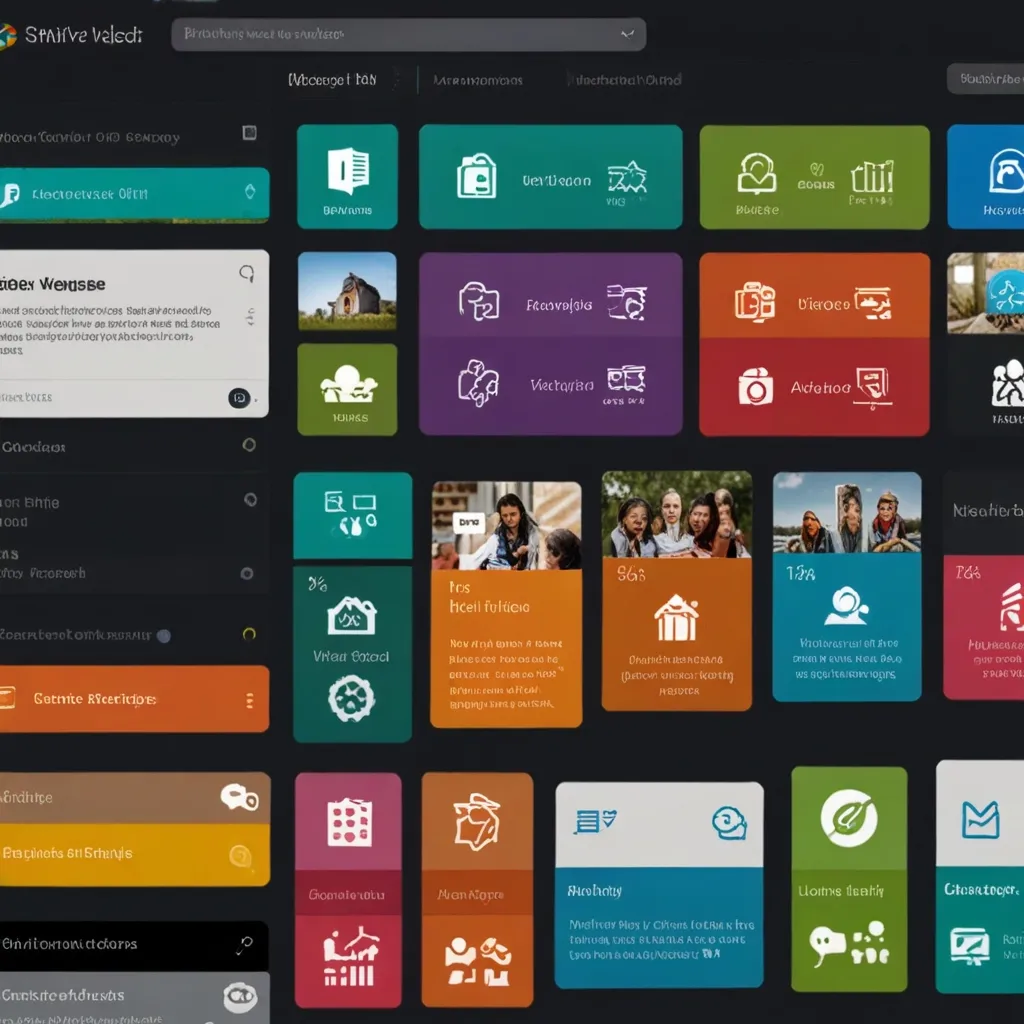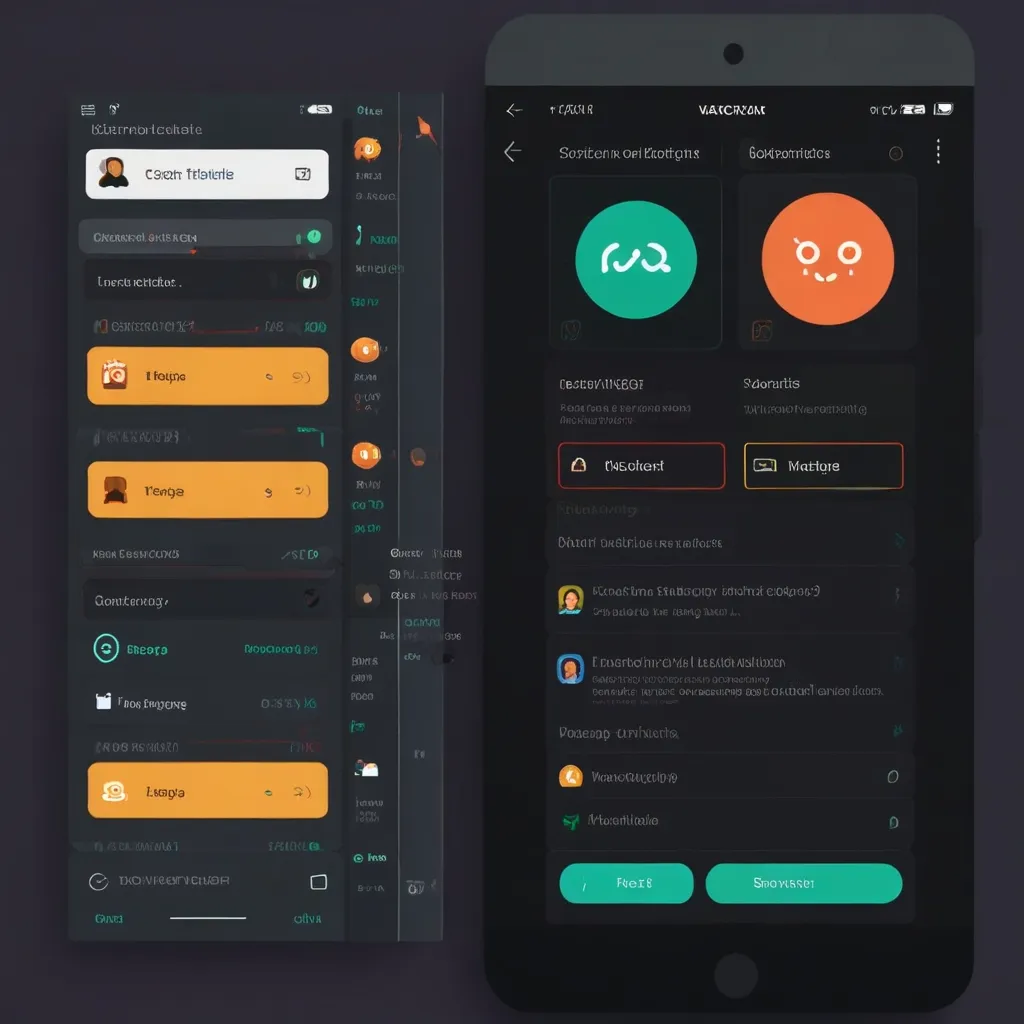Understanding Service Workers in JavaScript
Service workers. You’ve probably heard the buzz around them, maybe seen them mentioned in passing. But let’s dive in because they’re a game changer for web applications, letting them run smoothly even when the internet is playing hide and seek. Think of service workers as the middleman between your web app, the browser, and the network, giving developers the power to control and enhance user experiences in pretty neat ways.
What’s The Deal with Service Workers?
Picture this: a JavaScript file running in the background, totally separate from your main web page. That’s your service worker. It’s like a loyal behind-the-scenes crew member for your Progressive Web Applications (PWAs), handling operations like caching, intercepting network requests, and managing responses. This script ensures things stay functional, even if the internet vanishes for a bit.
Sweet Features of Service Workers
Service workers bring several cool features to the table, and it’s hard not to get excited about them:
Going Offline Like a Boss
One of the coolest tricks these workers have up their sleeves is offline functionality. They cache key resources – think HTML, CSS, JS files, images – so users can still interact with your app even without a connection. The first visit to a site loads these essentials into the cache, and on subsequent visits, users get served from this cache, sidestepping the need for that fickle network.
Sync in the Background
Another magic trick? Background synchronization. Let’s say a user fills out a form while offline. The service worker stashes this request and waits for the internet gods to smile again. When the connection’s back, the service worker sends the stored request to the server, finishing the job like a pro.
Push Notifications FTW
These workers can also handle push notifications, those nifty updates, and alerts that pop up even when users aren’t actively on the website. By working in the background, service workers can listen for push events and keep users hooked with timely updates and important info.
Getting Service Workers to Do Their Thing
Register and Install
First, you need to register the service worker within your web page’s JavaScript. This kick-starts the browser to install it quietly in the background. Here’s a sneak peek:
if (navigator.serviceWorker) {
window.addEventListener('load', () => {
navigator.serviceWorker.register('/service_worker.js')
.then(reg => console.log('Service Worker Registered'))
.catch(swErr => console.log(`Service Worker Installation Error: ${swErr}`));
});
}
Then comes the layer of caching while installing:
var cacheName = 'my-cache-v1';
var cacheAssets = [
'/index.html',
'/styles.css',
'/script.js',
];
self.addEventListener('install', e => {
e.waitUntil(
caches.open(cacheName)
.then(cache => {
console.log(`Service Worker: Caching Files: ${cache}`);
cache.addAll(cacheAssets)
.then(() => self.skipWaiting());
})
);
});
Activate and Live the Lifecycle
Activation is the next step, deciding what to do with old caches. Usually, you’ll delete and replace them. Here’s your typical activation code:
self.addEventListener('activate', e => {
console.log('Service Worker: Activated');
e.waitUntil(
caches.keys()
.then(cacheNames => Promise.all(
cacheNames.filter(cacheName => cacheName !== 'my-cache-v1')
.map(cacheName => caches.delete(cacheName))
))
.then(() => self.clients.claim())
);
});
Service workers have their own lifecycle: installation, activation, and eventually termination if nothing’s happening. They’re designed to be lightweight and efficient, jumping out when not needed.
Keeping It Secure
Service workers only run over HTTPS to keep things safe from man-in-the-middle attacks. Development over HTTP might be okay, but for the final product, stick to HTTPS.
Boosting Performance
Service workers can give your web apps a serious speed boost. By pre-fetching the resources users are likely to need, they cut down load times for future pages. Imagine checking out a photo album and having the next few pictures ready to go in a snap.
More Cool Uses
Custom Templates & API Mocking
These workers can serve up custom templates based on URL patterns, making user experiences smoother. They’re also handy for API mocking during development when the real API isn’t available.
Background Data Sync
They can handle background data synchronization, making sure data stays fresh across all devices even when the user’s offline.
Centralizing Data Updates
Service workers can also centralize updates to heavy-duty data like geolocation or gyroscope readings, sharing it across multiple pages to save on processing power.
Final Thoughts
Service workers are a pretty powerful tool in the modern web dev toolkit. They offer offline functionality, background synchronization, and push notifications, acting as a bridge between your app, the browser, and the network. By getting the hang of service workers, developers can build web apps that are robust, super engaging, and high-performing, rivaling native apps in terms of user experience.
So, if you haven’t already, it might be time to start exploring what service workers can do for your projects. They could be just the upgrade your web app needs.






